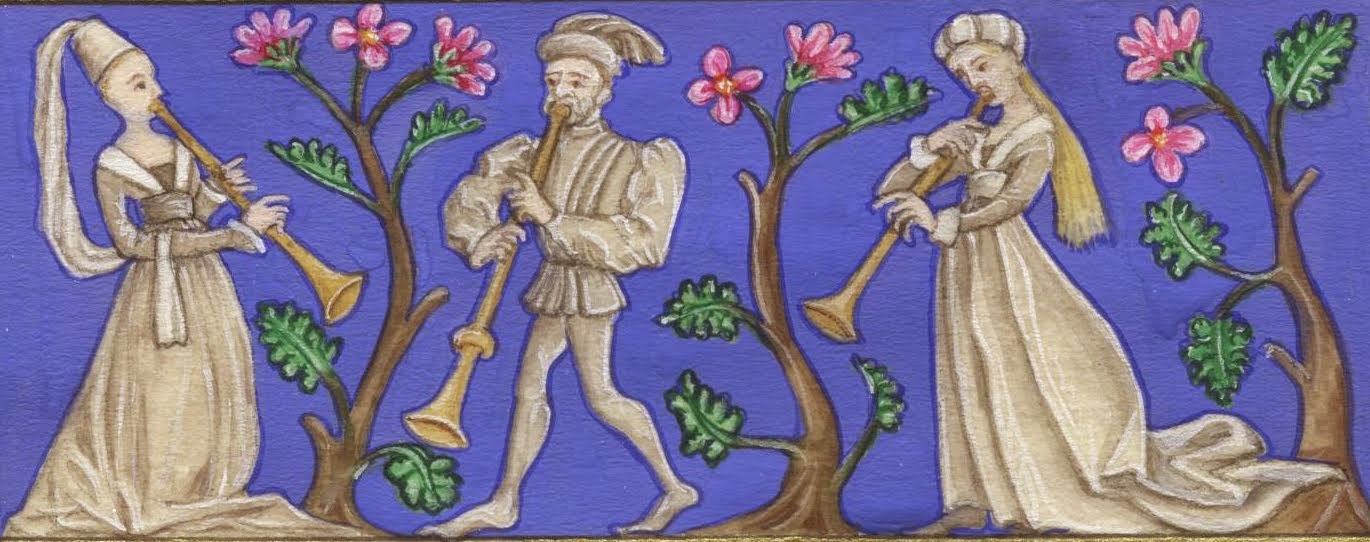The general view on this is that the 'melody' (as we would think of it today, i.e. the pitch and duration of the 'notes') would have been known, or transmitted by ear, with the neumes providing a mnemonic aid. But it seems telling that it was felt to be of first importance to record how each word should be sung. The medieval treatises that try to describe their meaning show the substantial subtlety that could be conveyed (all following quotes are translations taken from McGee):
"The plica is the bending of a sound by a sound...one type ascends, the other descends" [Walter 129];
"The plica is produced in the voice by the closing of the epiglottis with a finely controlled and closed vibrato of the voice" [Lambertus, 273];
"The pes, growing with two small notes, desires to stretch upward; the high one liquefying, abandons what it represents. The clivis wishes always to descend with two small notes, and the note at its end denotes an indistinct sound. It precedes a pause, or lingers in the mouth of one who is pausing as if it had the status of a complete note" [Anon, summa musice, 540]
Quilisma is "a tremulous and ascending note" [Aurelian of Reome]
"Quilismas are so called by their resemblance, for quilos [moist] in Greek is 'soil' and mus, 'earth', as if the earth was moist from the reception of waters" [Walter, 95; McGee notes that this etymological origin is pure fabrication, but the intent appears to be a reference to the wavy marks left on a beach as the tide recedes]And there are many more. As McGee concludes, these descriptions bring to mind Middle Eastern or Indian vocal styles, much more than the present 'classical' voice.

No comments:
Post a Comment